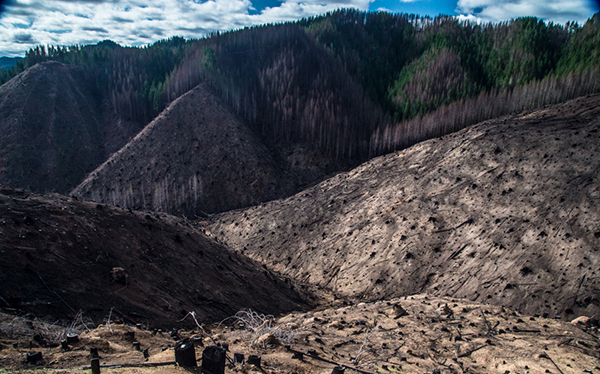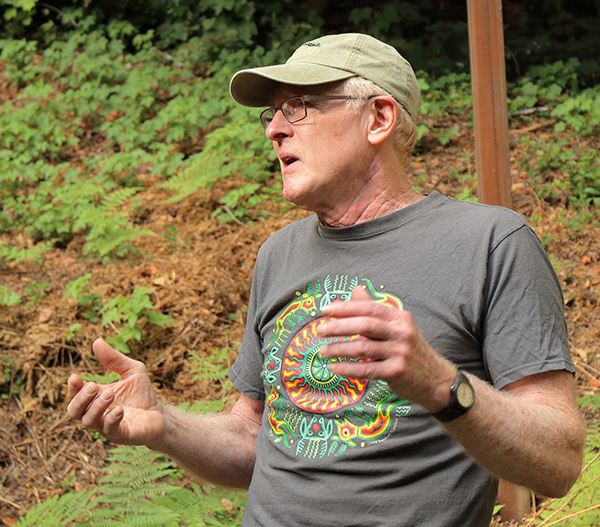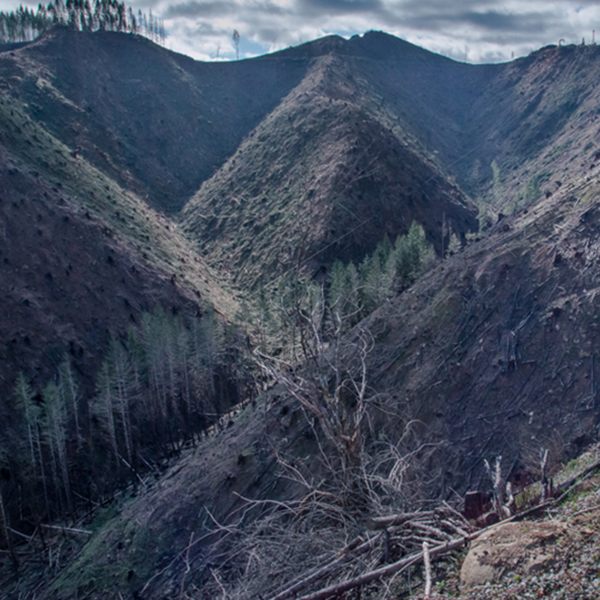Amanda Astor ends her recent Register-Guard column with “Better understanding of forests and the science behind decision making can bring our community closer and tear down divisions and alarmist narratives.”
Apparently she believes that scientists’ and community members’ concerns about the impacts of industrial logging are alarmist and have no basis in fact. Astor would have us all simply accept timber companies public relations and we should all get along just fine living with high-impact clear-cutting, aerial herbicide spraying, monocrop plantations and the decimation of forest and aquatic ecosystems.
So, let’s be clear about what seems to be the cause of division in the communities.
Astor correctly points out that there are many approaches to forest management used by private forestland owners. It is the management model used by large corporate landowners and timber investment management organizations, often Wall Street-based, which place value on the highest financial return for stockholders.
This management model depends on the conversion of older, healthy biodiverse and resilient forests into monocrop Douglas fir plantations that cover vast expanses of the landscape. It is the impacts — including herbicide drift onto neighboring properties and water systems, steep slope landslides, runoff sediments clogging salmon spawning streams — that create tension, division and Astor’s “alarmist narratives.”

Example of clear cut and burn forestry practices in Oregon's Oxbow region. Photo by David Tvedt.
Plantations are not “forests.” Forests are composed of interacting communities of plants and animals that develop over long periods of time. A plantation is no more a “forest” than a 100-acre corn crop is a meadow or prairie. The complex processes that drive the development of healthy forests are increasingly well understood by researchers at Oregon State University’s Forest Ecosystems and Society program.
Astor perpetuates the industry myth that clear-cutting, burning off all residual woody material, several years of herbicide spraying and the planting of Douglas fir seedlings genetically selected for fast growth eight feet apart, somehow mimics natural disturbances such as fire or insect infestations. Scientific research has not supported this industrial narrative myth.
Any industry that has shareholder profits as its primary objective needs to convince the public that there are no environmental or human health impacts from their management. The tobacco industry put profits before truth for decades. The mining companies in Appalachia claimed to put worker safety before profits. The gasoline industry claimed that adding lead was necessary.
The timber industry has a narrative that serves their interests including softening words like “clear-cutting” to “regeneration harvests” or “overstory removal” and overusing the word “sustainable” to suggest maintaining healthy forests instead of planting seedlings to replace trees to sustain timber volume into the future.
If Astor and other industry foresters would like to educate us in the “science of decision making,” we might come to understand why clear-cutting cycles are shortening to 30 years and why it is necessary to apply fertilizer to depleted soils and why the cost and impacts of aerial herbicide spraying is economically worth the risks to human health, water quality and wildlife.
The narrative that industry lobbying groups have painted is a picture of clean water, abundant wildlife and “forests” forever, the “everything-is-just-great-folks” narrative.
While we may enjoy relatively cheap lumber prices in the short run, the industry model of high-impact logging passes along the costs of the impacts to all Oregonians.
Yes, the companies follow state laws, but with the help of a powerful lobby in Salem and a Board of Forestry dominated by industry interests, the Forest Practices Act has held off meaningful changes since 1972.
The “alarmists” and “divisions” Astor refers to are based on decades of communities directly experiencing the results of industrial forestry. Communities like Gold Beach where dozens of lives were irreversibly impacted by forestry herbicides and Rockaway Beach where municipal water now has cancer-causing chemicals, have every right to feel the divisions and expect something better from their industrial neighbors.
***************

David Eisler leads a 2017 resilient forestry tour at his privately owned Shady Creek forest in the coast range. Photo by Lisa Arkin
David Eisler, Ph.D., is a retired anthropologist. He has actively managed forest land in the Coast Range for 40 years. He was a founding board member of the Siuslaw Watershed Council and was a founding member of the Siuslaw National Forest’s collaborative Stewardship Group. David has been a long time partner with Beyond Toxics, starting with co-developing Resilient Forestry Tours. The tours have served, for the past 3 years, to educate Oregonians about the dangers of aerial herbicides sprays, the necessity of protecting balanced forest ecosystems and the possibilities of sustainably managed diverse, mixed species forests for clean water and carbon storage.






